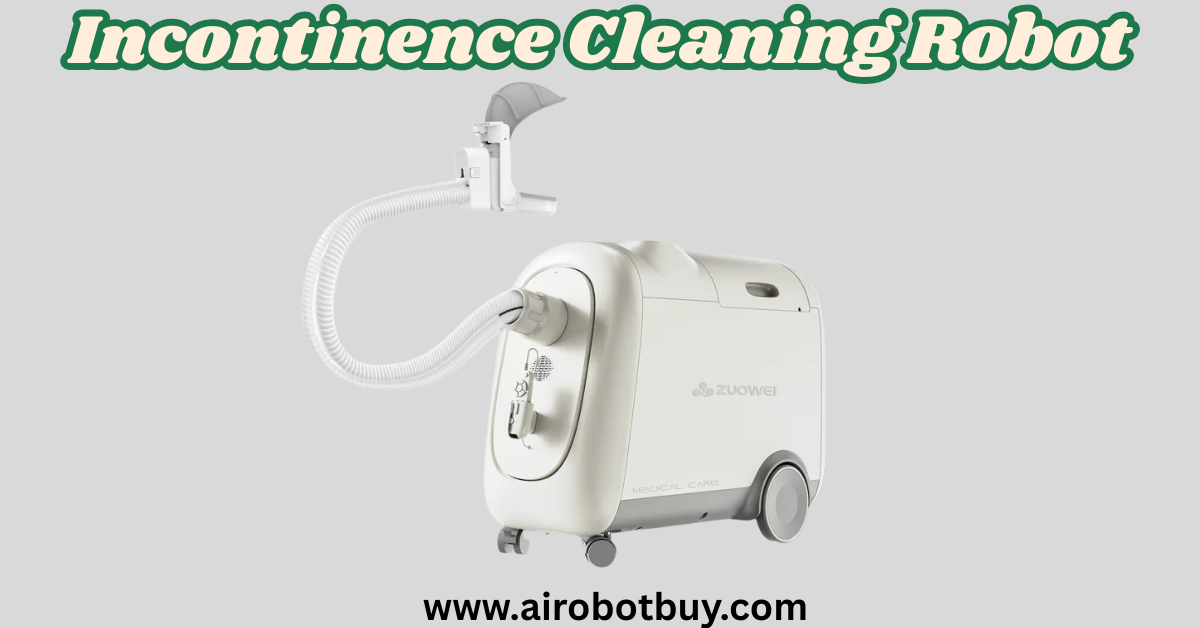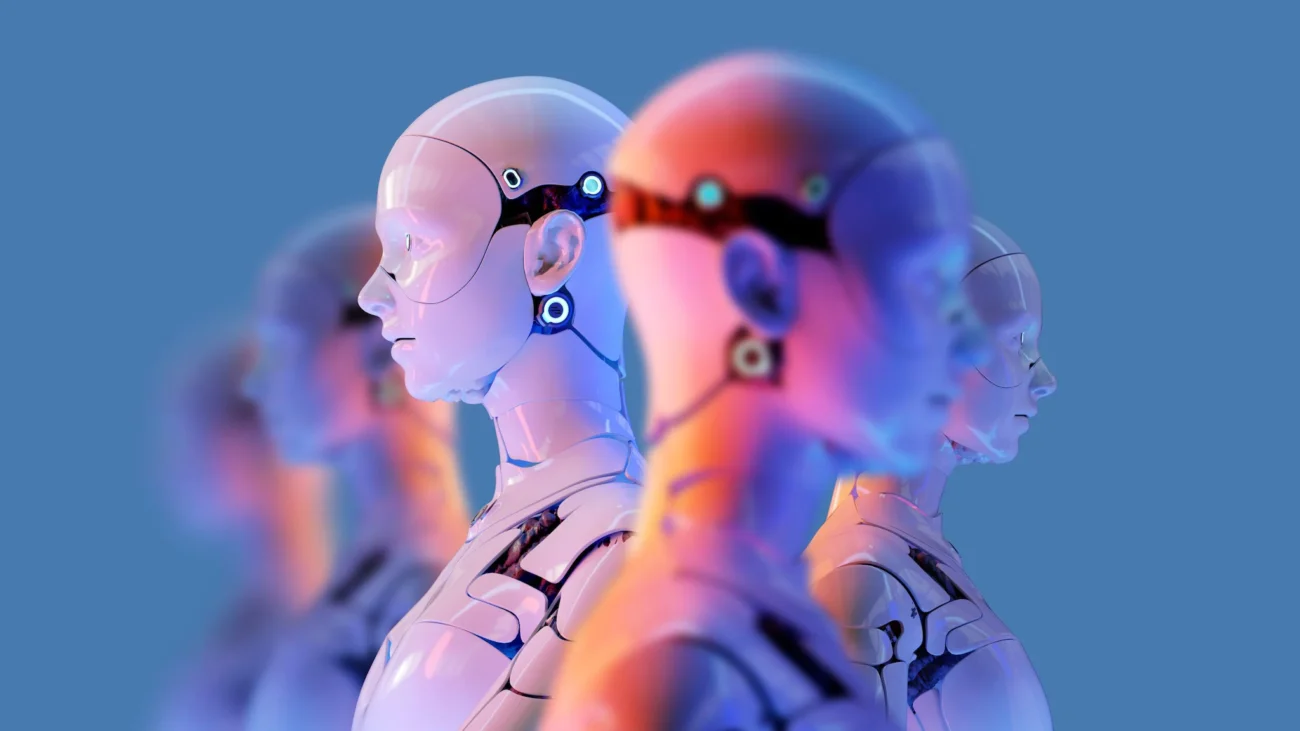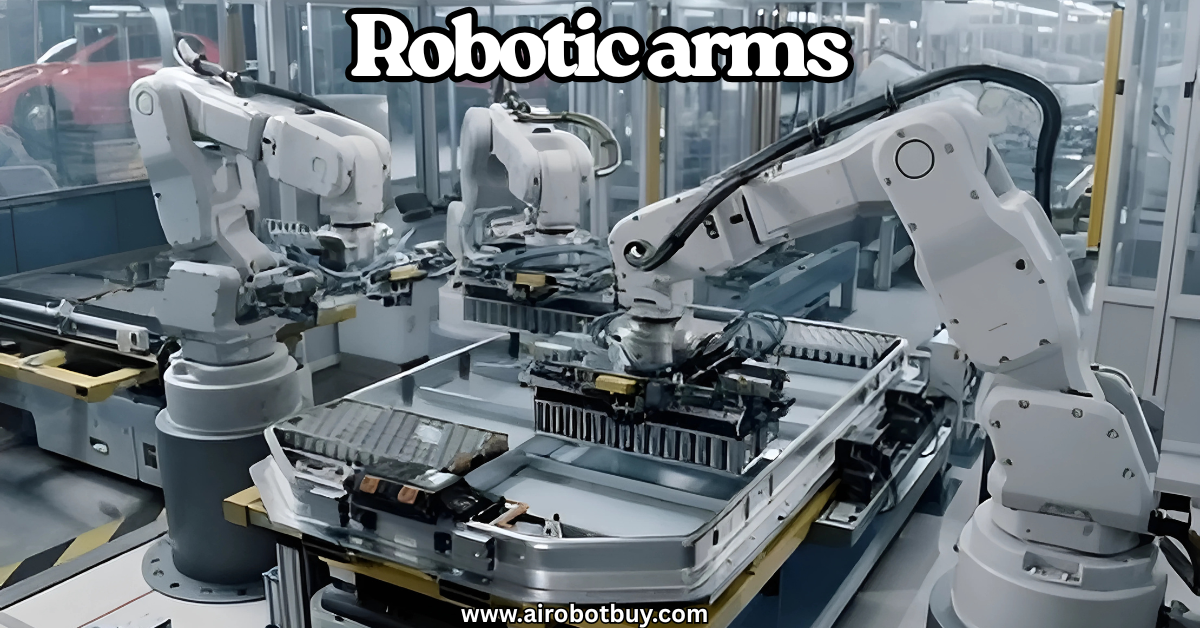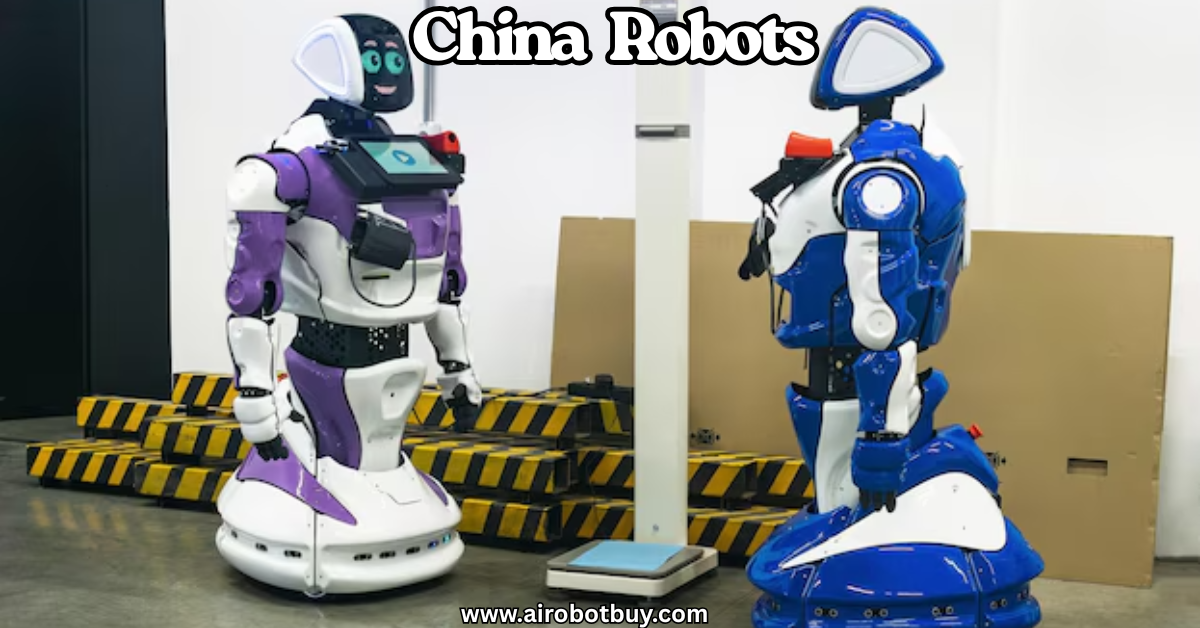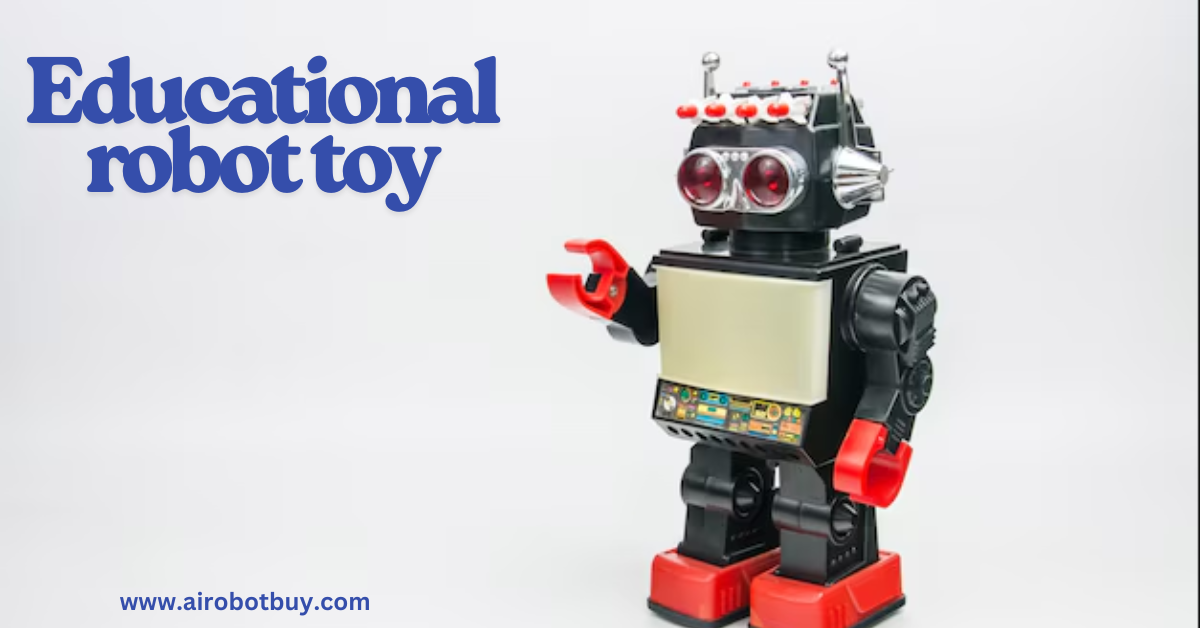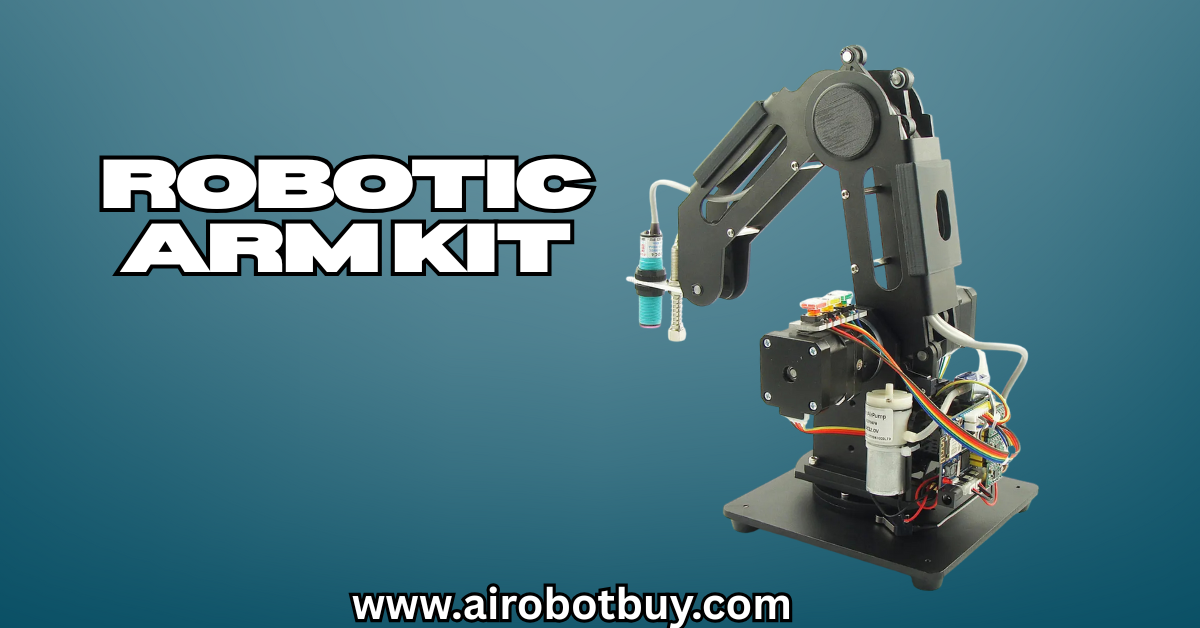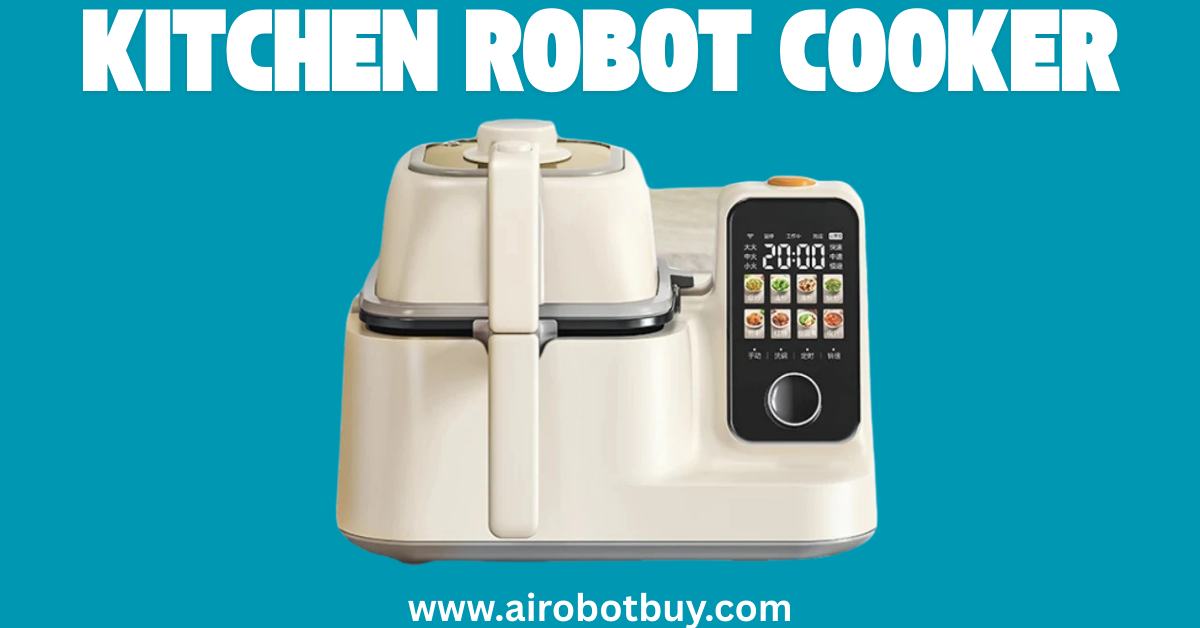Incontinence Cleaning Robot is a daily challenge in eldercare, long-term patient care, and home caregiving environments. It affects millions of people worldwide and puts significant pressure on caregivers who must respond quickly, clean thoroughly, and ensure hygiene to prevent infections and discomfort. Traditional methods rely heavily on manual intervention, which can be time-consuming, physically demanding, and mentally exhausting—especially during night shifts or in understaffed facilities.
To address these issues, technology has stepped in with a practical solution: the incontinence cleaning robot. Unlike general-purpose cleaning devices, these robots are specifically designed to detect and clean up human waste in real-time. They combine sensors, mapping systems, and automated cleaning mechanisms to respond to accidents quickly and hygienically. Their purpose isn’t to replace caregivers but to support them by automating one of the most repetitive and high-risk tasks in patient care.
These machines are already making a difference in hospitals, nursing homes, and even private homes by reducing infection risks, saving time, and improving response times to incontinence events.
In this guide, we will explain what an incontinence cleaning robot is, how it works, and why it’s becoming a vital part of modern caregiving.
Incontinence Cleaning Robot Explained and How It Actually Works
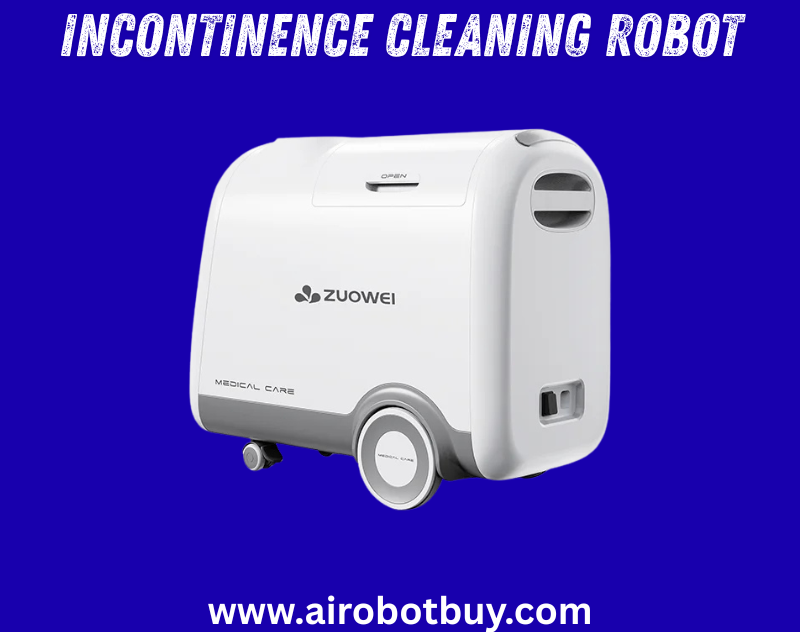
Incontinence is one of the most common challenges faced in eldercare, long-term patient care, and assisted living environments. Managing it involves not only attending to the patient quickly but also ensuring that the environment remains clean, sanitary, and safe. Traditionally, this has been the responsibility of human caregivers. But with advances in automation, incontinence cleaning robots are now emerging as a game-changing solution. This guide offers a complete breakdown of what these robots are, how they work, and how they’re transforming patient hygiene management. Visit here!
What Is an Incontinence Cleaning Robot?
An incontinence cleaning robot is an automated device designed to detect, clean, and sanitize areas soiled due to involuntary urination or defecation. Unlike general-purpose cleaning robots like robotic vacuum cleaners, these are specialized machines developed for medical and personal care environments. They are equipped with sensors, cleaning mechanisms, disinfecting systems, and sometimes integrated with patient beds or hospital furniture.
These robots focus on:
- Immediate detection of accidents
- Autonomous cleaning of waste
- Surface disinfection
- Maintaining hygiene logs (in some advanced systems)
They can work in a range of environments, including hospitals, nursing homes, and private residences, and are particularly beneficial where staff shortages or high patient-to-staff ratios exist.
Key Components and Technology Used
Sensors and Detection Systems
Incontinence cleaning robots use various types of sensors to detect waste:
- Moisture Sensors: Detect liquid presence on surfaces such as floors or bedding.
- Ammonia/Gas Sensors: Identify the presence of urine or feces through chemical signatures.
- Infrared/Thermal Sensors: Detect temperature changes indicating fresh waste.
- Optical and Vision Systems: Some models use AI-driven vision to recognize waste patterns and identify exact cleaning zones.
Navigation and Localization
The robot needs to locate the waste area accurately to initiate cleaning. It uses:
- Laser mapping (LiDAR) to scan and understand the environment.
- GPS (in larger facilities) to track specific room or bed locations.
- Coordinate mapping to align waste detection with the correct surface area.
Cleaning Mechanisms
Depending on the model, robots may clean in various ways:
- Vacuum Suction: Removes liquid or soft waste.
- Rotating Brushes or Pads: Scrub surfaces to eliminate residue.
- Spray-and-Wipe Arms: Spray disinfectants and wipe the area using robotic arms.
- Absorbent Pads or Sheets: For robots integrated into beds, soiled sheets are removed and replaced automatically.
Waste Containment and Disposal
Once waste is collected, the robot must store and later dispose of it safely:
- Sealed Canisters: Waste is deposited into airtight containers.
- Replaceable Waste Bags: Used in mobile robots for easy swap-out.
- Touchless Disposal Alerts: When full, the robot alerts staff for disposal.
Disinfection and Hygiene
After cleaning, surfaces are disinfected using:
- Chemical Sprays: EPA-approved sanitizing solutions.
- UV Light (in some models): To sterilize surfaces without chemicals.
- Heat-based Drying: Dries cleaned areas to prevent moisture buildup.
How It Actually Works: Step-by-Step Process
Step 1: Monitoring for Incidents
The robot continuously monitors assigned areas using sensors embedded in its frame or in the bedding/furniture it’s connected to. It remains on standby until it detects a contamination event.
Step 2: Detection and Verification
Once an incident is detected, the robot analyzes input from multiple sensors to verify the type and severity of the waste. Some models even classify between urine and feces to adjust cleaning methods.
Step 3: Localization and Targeting
Using onboard mapping technology, the robot pinpoints the exact location of the waste. If it’s a floor-cleaning unit, it navigates to the site. If it’s a bed-integrated robot, it prepares cleaning actions accordingly.
Step 4: Cleaning and Extraction
The robot deploys appropriate tools:
- Suction for liquid
- Brushes for solids
- Pad or sheet removal for bed-bound systems
It then extracts the waste and moves it into the internal containment area.
Step 5: Disinfection and Surface Recovery
The affected area is treated with disinfectant sprays. Some systems include dual-action heads that spray and wipe in one pass. Others apply UV light after cleaning. Finally, the robot confirms the cleanliness through a feedback loop of sensors.
Step 6: Alert and Reset
If any manual intervention is needed (e.g., waste bin full), the robot sends a notification to caregivers. Otherwise, it resets itself and returns to standby mode.
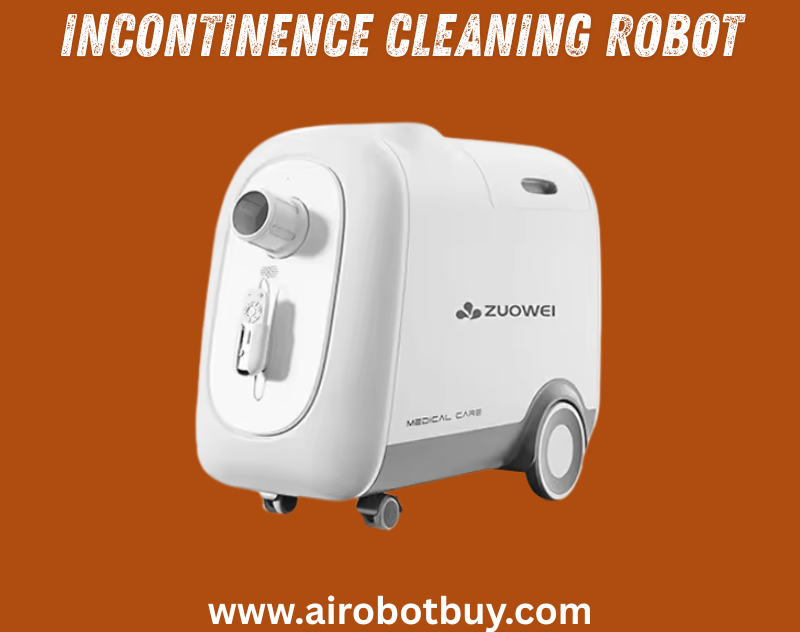
Features Table Comparison
| Feature | Basic Models | Advanced Models |
|---|---|---|
| Moisture Detection | Yes | Yes |
| Ammonia Sensor | No | Yes |
| UV Disinfection | No | Optional |
| AI Vision | No | Yes |
| Bed Integration | No | Yes |
| Mobile Navigation | Basic Room Mapping | Advanced Multi-Room Mapping |
| Waste Disposal Alerts | Manual | Automated Alerts |
| Hygiene Logs | No | Cloud-Connected |
Common Use Cases
Hospitals
- Cleaning post-surgery patient accidents
- Reducing infection risks in ICU wards
Nursing Homes
- Managing frequent incidents among dementia patients
- Supporting limited night staff with automation
Home Care
- Supporting families caring for immobile elders
- Preventing bedsores and infections
Frequently Asked Questions (FAQ)
Q: Can Incontinence Cleaning Robot replace caregivers?
A: No. These robots are designed to support, not replace, caregivers by automating repetitive cleaning tasks.
Q: What kind of waste can Incontinence Cleaning Robot clean?
A: Most models are designed to handle liquid and semi-solid biological waste. Solid waste may require manual assistance.
Q: Are they safe around patients?
A: Yes. They’re equipped with safety sensors to avoid collisions or mishandling.
Q: How much maintenance do they need?
A: Maintenance is generally weekly or biweekly, including waste bin disposal, pad replacements, and sensor cleaning.
Q: How long does one cleaning cycle take?
A: Typically between 5 to 10 minutes, depending on the size and type of incident.
Q: Is it loud or disruptive?
A: Most are designed to operate quietly, especially for nighttime use in patient rooms.
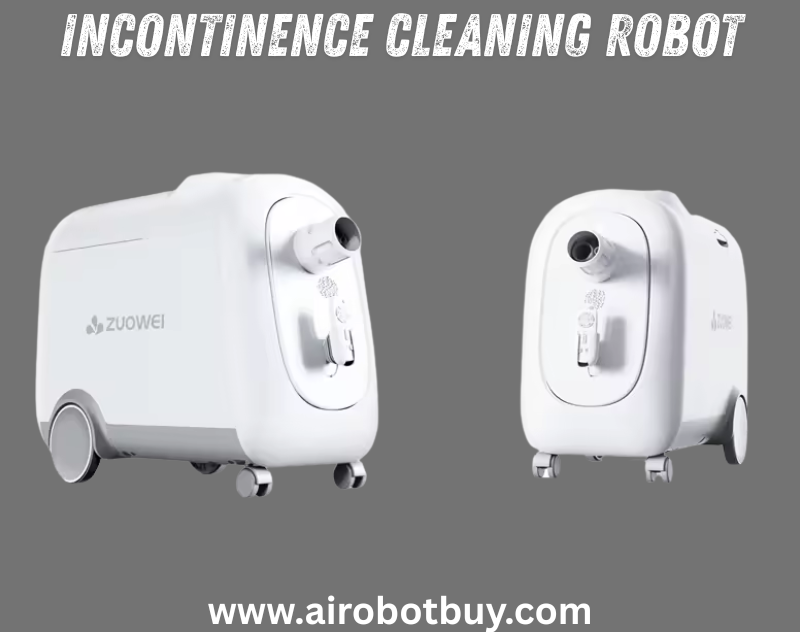
Conclusion
Incontinence cleaning robot represent a practical shift in how caregiving environments manage hygiene and sanitation. By automating the detection, cleaning, and disinfection of incontinence Cleaning Robot related incidents, these machines reduce the manual workload placed on caregivers while helping maintain consistent hygiene standards. They’re not designed to replace human care, but rather to support it—allowing staff and family members to focus on more personal, value-driven tasks instead of repetitive cleanup duties.
As healthcare systems face rising demand, staffing challenges, and a growing elderly population, tools like incontinence cleaning robots offer measurable benefits: faster response times, fewer infections, and more efficient use of caregiver time. With continued advancements in sensors, AI, and robotic systems, the performance and affordability of these robots are likely to improve, making them more accessible for facilities and home environments alike.
Adopting this technology isn’t just about automation—it’s about improving the quality of care, preserving dignity, and reducing burnout among those on the front lines of healthcare. For anyone managing long-term care, these robots are quickly becoming more of a necessity than an option.


















